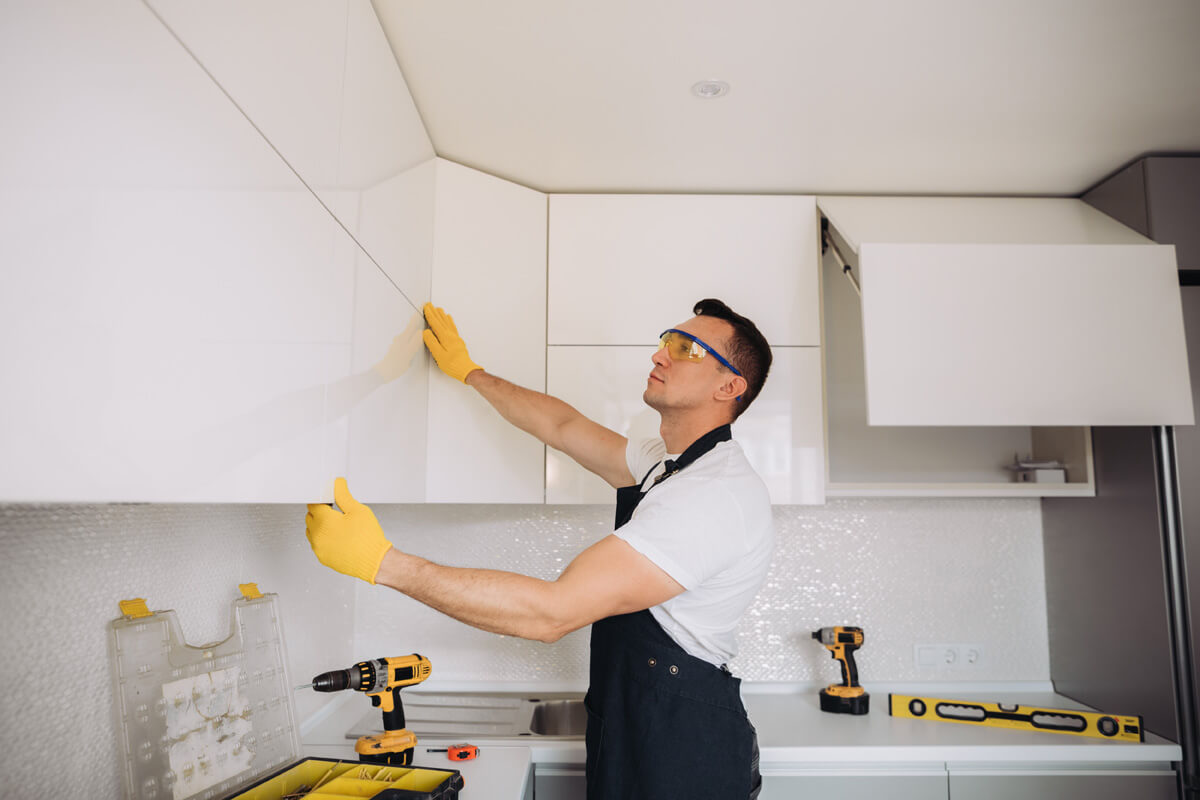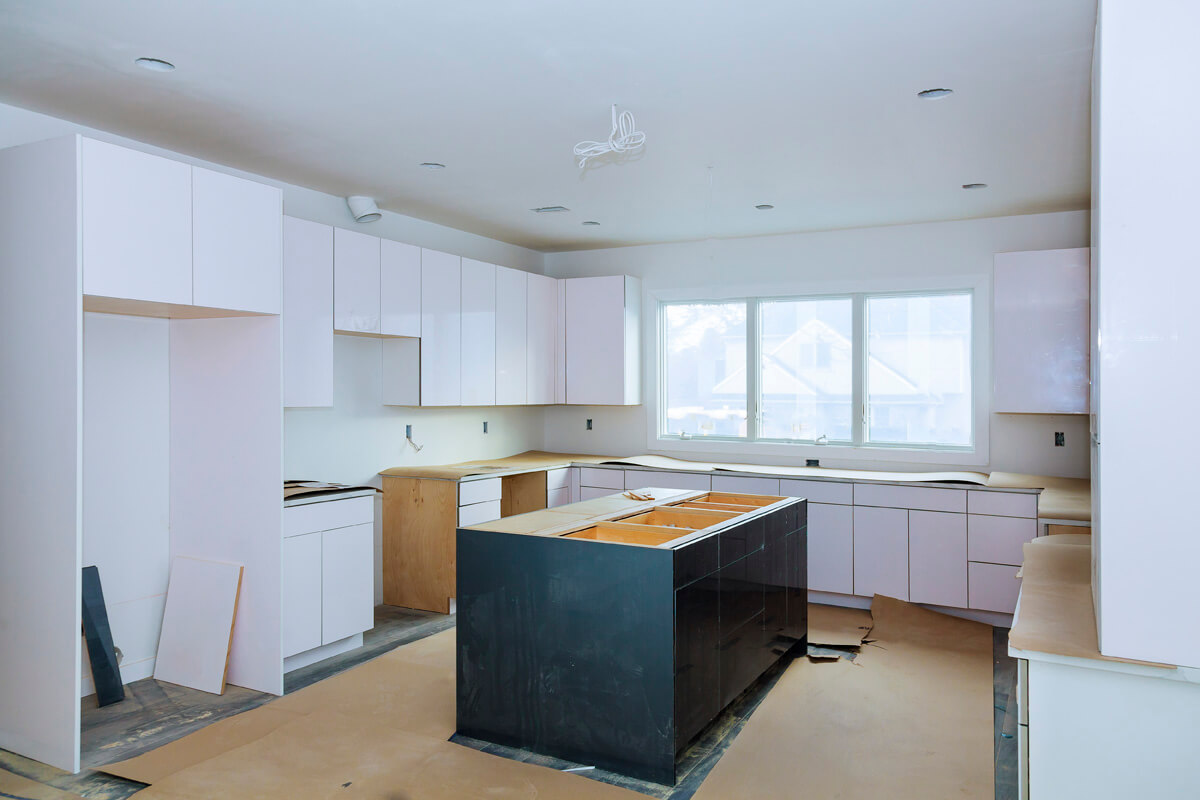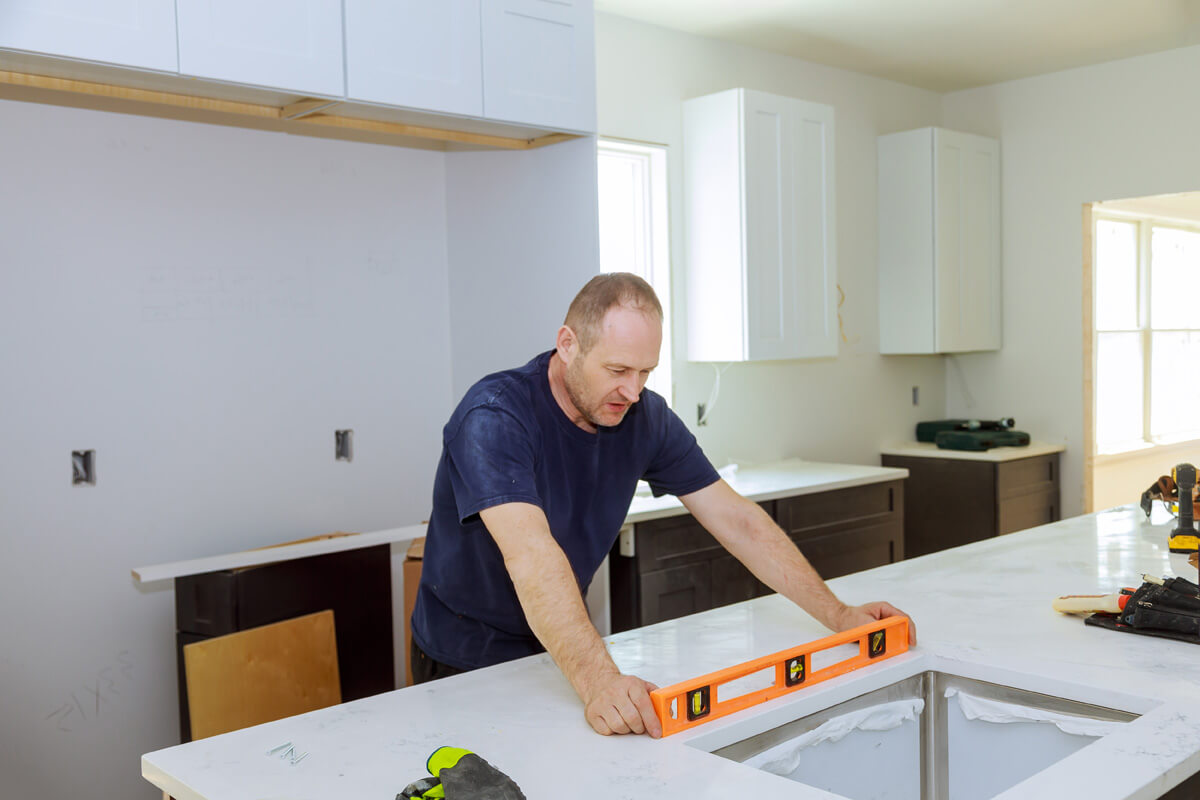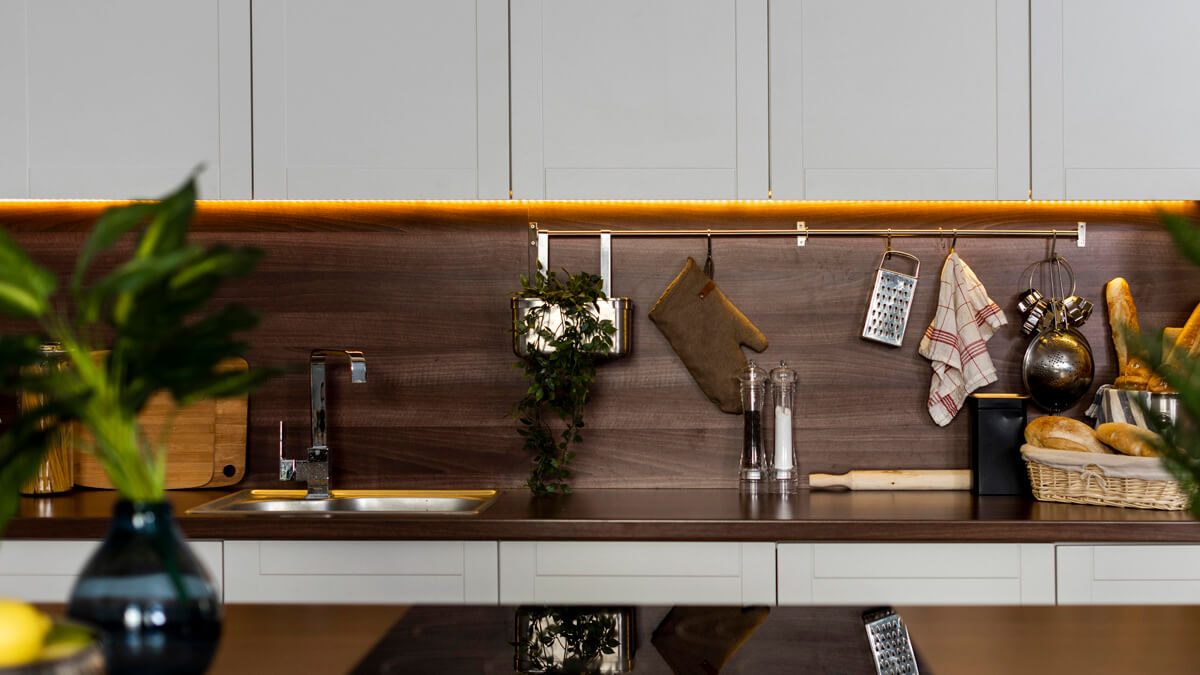Published: September 22nd, 2025
When planning a kitchen renovation, it’s important to think everything through carefully and in detail. By contacting the company Artos, you can carry out any project in the city of Charlotte. In this article, we’ll explain how much the renovation work will cost and what to consider when planning your budget.
Why Do Homeowners Remodel Kitchens?
According to surveys conducted among renovation specialists by the National Association of Home Builders, 61% of professionals stated that kitchen remodeling is a highly demanded service. The only project that surpasses it in popularity is bathroom renovation.
Property owners decide to reconfigure or update their kitchens for different reasons. Some want to transform their living space, others wish to change their outlook on cooking at home, and still others dream of creating a place for hosting gatherings.
The National Association of Realtors provided a report on research into the impact of remodeling on the real estate market. According to this report, the reasons for modernizing a kitchen or carrying out a full renovation often include the homeowner’s desire to add useful new features, improve convenience, refresh outdated finishes, or replace appliances.
What Is the Average Cost of a Kitchen Renovation?
From $10,000 to $60,000, depending on the size of the kitchen, the layout, and the type of work. Implementing a custom project can cost $100,000 or more. The price range is wide, so it’s sometimes difficult to understand which bracket a particular renovation falls into. For convenience, we’ll break it down into separate categories.

Cost of Remodeling Kitchen Cabinets
If you need to replace or update cabinet fronts, it will cost between $10,000 and $40,000. The exact amount depends on factors such as:
- the number of cabinets being upgraded;
- the types and quantity of elements to be replaced, such as drawers, doors, cabinet frames, slides, and hardware;
- the materials used for the remodel, including type and quality.
Cost of a Full Kitchen Remodel
If a full remodel is required, the investment can range from $20,000 to $60,000. This amount includes:
- replacing cabinets;
- purchasing a new countertop;
- lighting;
- accessories for organizing the workspace, such as dish organizers, trash containers, and pull-out racks for grains or spices.
This budget covers the replacement of equipment and furniture. However, major structural changes are not included in this category.

What Is a Realistic Kitchen Renovation Budget?
Lending companies recommend investing 5–15% of the home’s value into the project. Only with this level of spending can you realistically expect a return on investment. Based on the average housing prices in the United States, we can conclude that a budget of $15,000–$45,000 is a solid starting point.
A realistic budget is the amount of spending that allows you to achieve your planned results without exhausting all your savings. When planning, take into account three factors.
Total Cost of a Kitchen Renovation
This refers to the amount that will be paid at the final stage of the project’s completion. It also includes payments made after construction is finished. The total cost covers taxes, the contract price, loan service fees, and interest on the loan agreement.
Amount of the Down Payment
If a cash advance is required, its size will depend on the specific financial institution and the contractor’s terms. On average, about 30% of the project cost is paid upfront.
Amounts of Regular Payments and Interest Rate
If you decide to use credit funds for partial or full implementation of the project, include in your budget the size of the monthly payments, which are determined by the total amount of financing and the applicable interest rate. Regular payments should not be burdensome, so choose a repayment schedule that feels manageable.
How to Create a Realistic Budget for a Kitchen Renovation
Follow this step-by-step approach:
- Identify the problem. What do you want to redo or change? What bothers you: old finishes, worn-out furniture, discomfort from outdated appliances?
- Define the type and scope of work. Decide what you want: update cabinet fronts, or modernize, improve, and change the kitchen’s features? Refreshing cabinet exteriors can save 5–15% of the project’s cost and cut the renovation time in half. However, the inside of the furniture will remain the same. If that doesn’t meet your needs, it’s better to purchase new cabinets.
- Determine the room size and the number of cabinets. Take measurements with a tape measure. Count the total number of cabinets, as well as their drawers and doors. If you need additional furniture, include that in your calculations. The larger the room, the higher the investment.

Factors That Influence a Kitchen Remodel Budget
The largest share of expenses comes from two categories: labor costs and the purchase of materials.
Labor Costs
The cost of work depends on its type and scale. The larger and more complex the project, the higher the price. Three types of renovations can be distinguished:
- Minor, cosmetic. On average, this costs $10,000–$20,000. The goal is to improve the functionality and aesthetics of the room. The scope of work includes finishing the ceiling, walls, and floor; replacing cabinet fronts; updating countertops; installing a faucet and kitchen sink; and purchasing one or two appliances.
- Major. This requires an investment of $20,000–$65,000. A major renovation includes updating walls, floors, and ceilings, as well as purchasing new furniture and modern kitchen appliances.
- Full. This is a remodel that requires reconfiguration, such as relocating plumbing, equipment, or electrical wiring, or demolishing walls. Costs range from $65,000 to $130,000.
Material Costs
These include the purchase of materials used for finishes and for updating cabinet fronts. Stores offer a wide range of products, from budget-friendly to premium. However, it’s not worth cutting costs across the board, since the durability of finishes and furniture depends directly on the quality — and therefore the price — of the materials.
What Value Does a Kitchen Remodel Bring?
Renovating this space offers an excellent return on investment. Josh Jubelhor, owner of Kitchen Solvers in Indiana, states that on average the return can reach 55–70%, depending on various factors such as materials and project complexity. The focus should be on the profitability of the investment, which depends on the comfort and aesthetics of the space.
How Much Does a Kitchen Remodel Cost for Different Sizes?
The cost of renovation directly depends on the room’s square footage. Below are examples relevant for the state of Ohio.
10×10
A kitchen of this size usually contains 8–14 cabinets with different combinations of drawers and doors. The most common layout is L-shaped. Refacing the cabinets may cost around $10,000 or less if you don’t replace the backsplash and countertop. A full remodel will cost $15,000–$20,000. The total increases if you add extras like cabinet accessories or lighting.
12×12
This space can fit 15–18 cabinets. The optimal layout is also L-shaped but with an island in the center. Updating cabinet fronts costs $18,000–$30,000. A complete remodel requires an investment of $22,000–$36,000. The more functionality you add to the kitchen, the more expensive the project becomes.
10×20
A kitchen this size can accommodate 16–24 cabinets. The best layout is U-shaped. If the room is wider than 10 feet, you can install a long island in the center. Refacing cabinets costs $20,000–$33,000, depending on materials. The price will be at the higher end — or even higher — if you also replace lighting, the backsplash, and countertops. A full remodel costs $25,000–$45,000.

What Should Homeowners Consider When Remodeling a Kitchen?
When planning a project, take into account:
- Your goals and intended use. If the kitchen is mainly for cooking and trying out culinary ideas, it should be functional and convenient. If it’s for hosting friends, free space is essential — such as a large dining table or an extended bar counter.
- Preferred style. It’s better to focus not on fleeting design trends, but on durable choices and a clean, versatile design that will be easier to update or adjust in the future.
- DIY possibilities. Can you do part of the work yourself, such as replacing hardware or repainting walls? This can save money on a full professional renovation, which often takes up to ¼ of the budget, or $3,000–$6,000.
- Contractor collaboration. What deadlines do they commit to? Do they have a portfolio, insurance, and a license? Will they provide a detailed estimate? It’s wise to compare offers from several companies before choosing the best one.
Common Mistakes to Avoid
The most frequent mistakes include:
- Improper budget allocation. Always account for unexpected expenses by setting aside 20% of the total amount.
- Poor planning. This often means ignoring the placement of essential systems such as lighting and ventilation.
- Refusing professional help. Not all tasks can be done on your own — some require specialized knowledge and skills.
- Major reconfiguration. It’s better to keep the existing structure, since relocating plumbing or gas lines is labor-intensive, costly, and sometimes impossible.
- Overly complicated projects. For example, it’s usually better to purchase ready-to-install cabinets and appliances rather than custom-made pieces that require assembly.
- Turnkey services. Some tasks can be done yourself, such as dismantling old countertops, removing wall and floor coverings, or cleaning up debris.
Q&A
- Define your goals. Prepare a list of necessary changes and set priorities.
- Set the budget. Compare the cost of similar projects in your region.
- Choose a contractor. Compare several companies and select the best option for quality and price.
